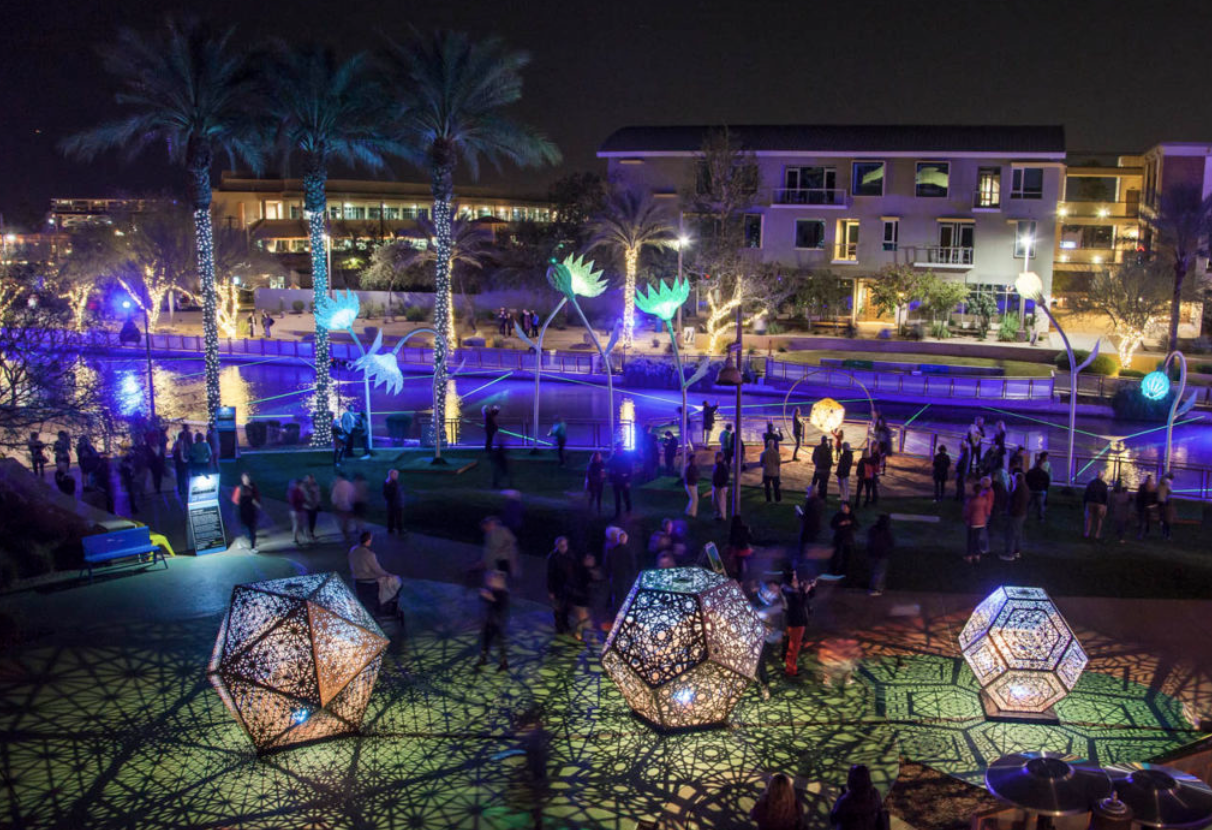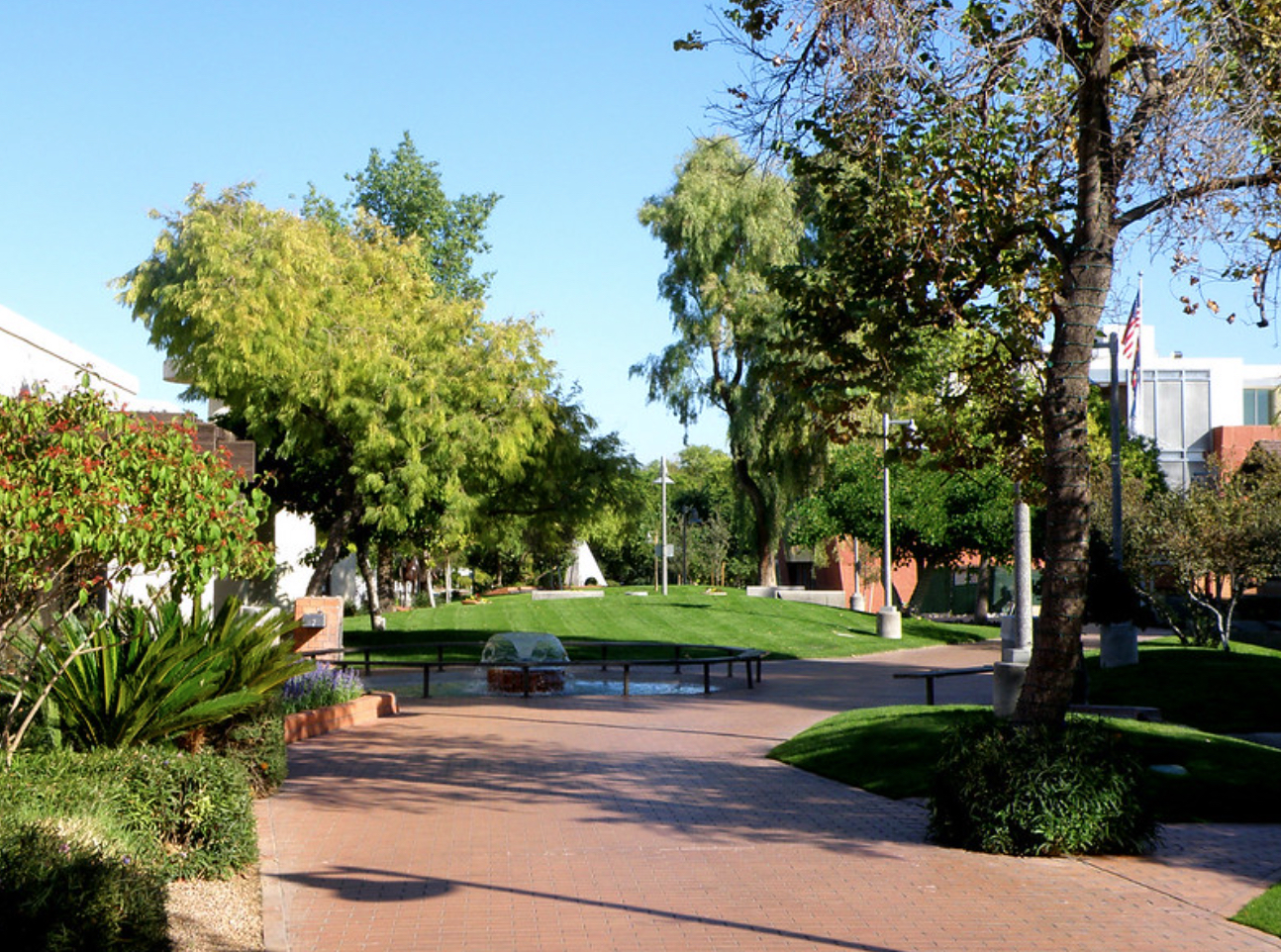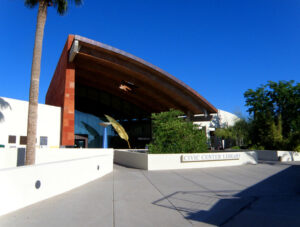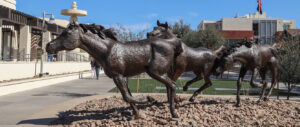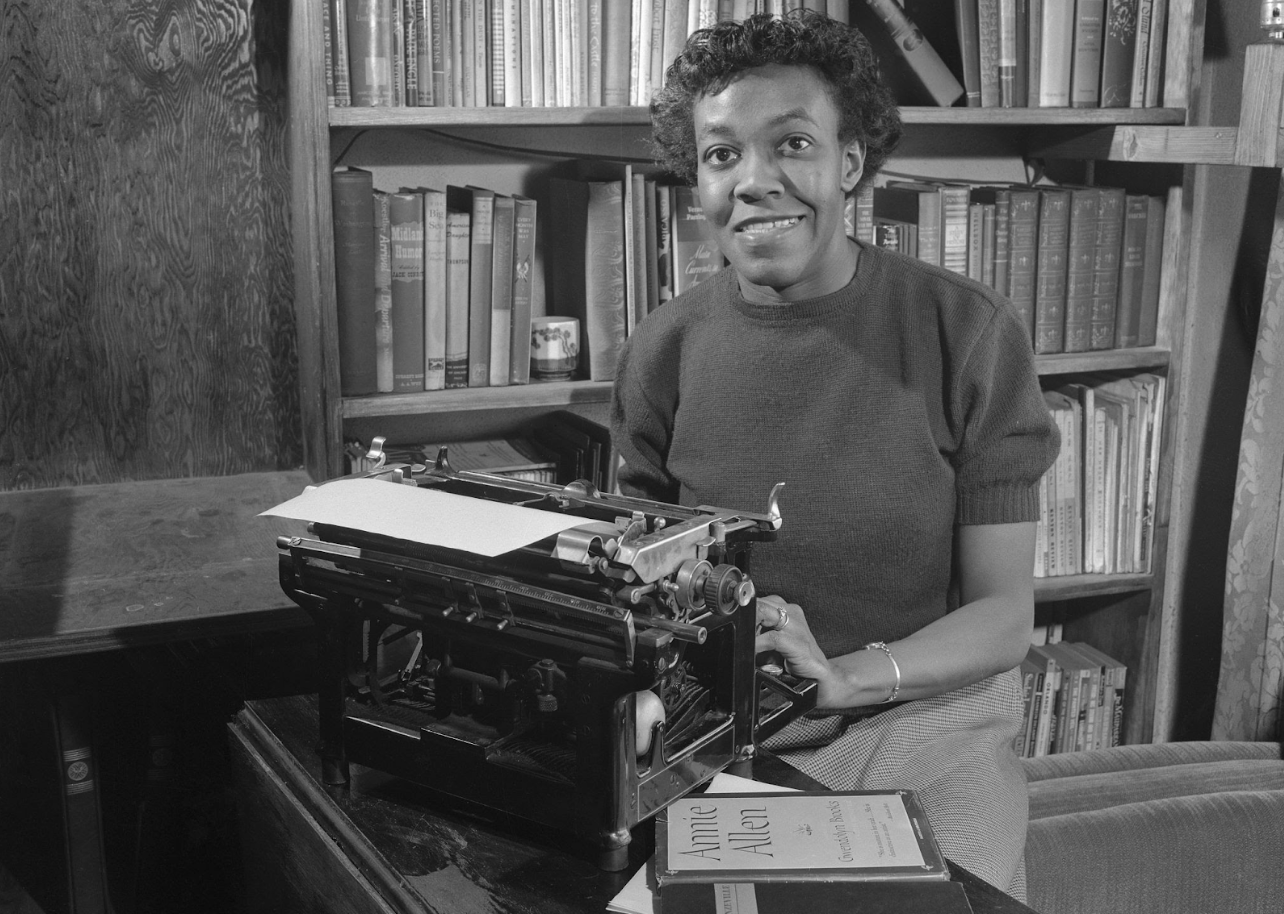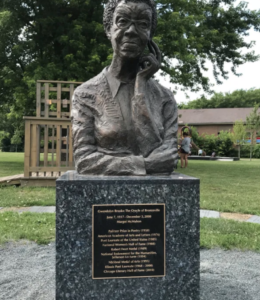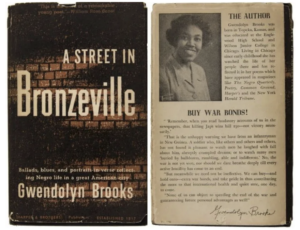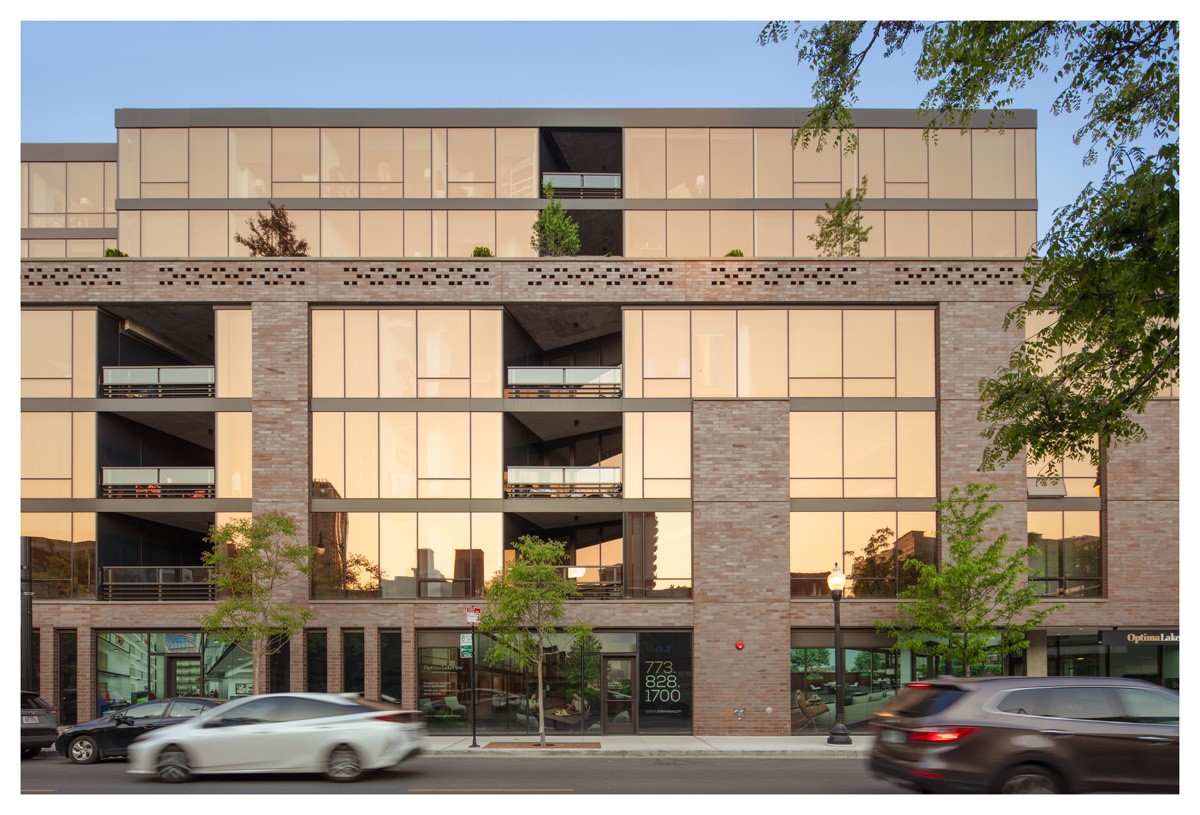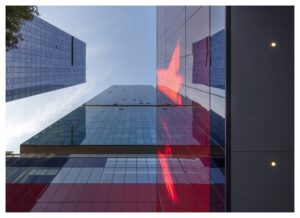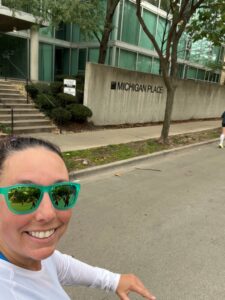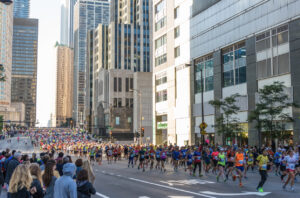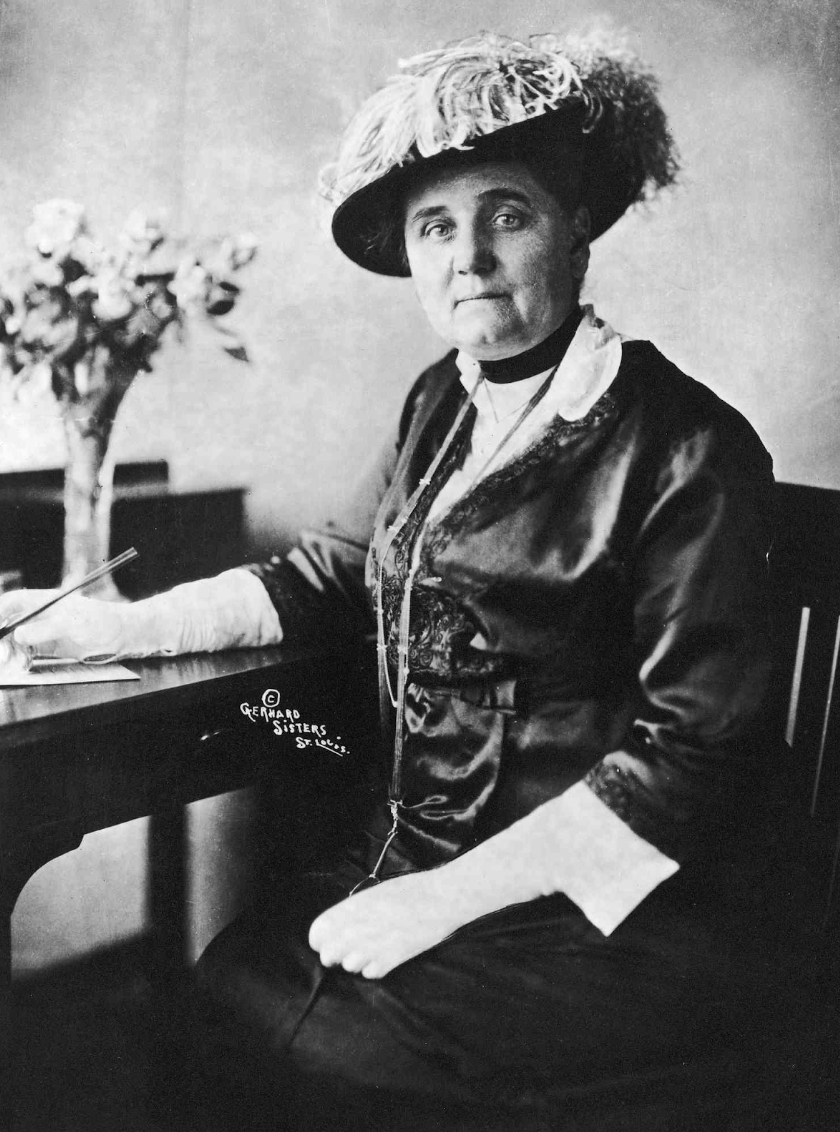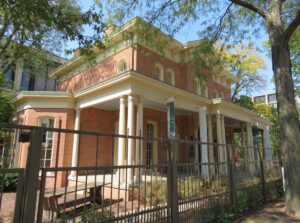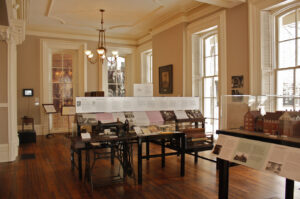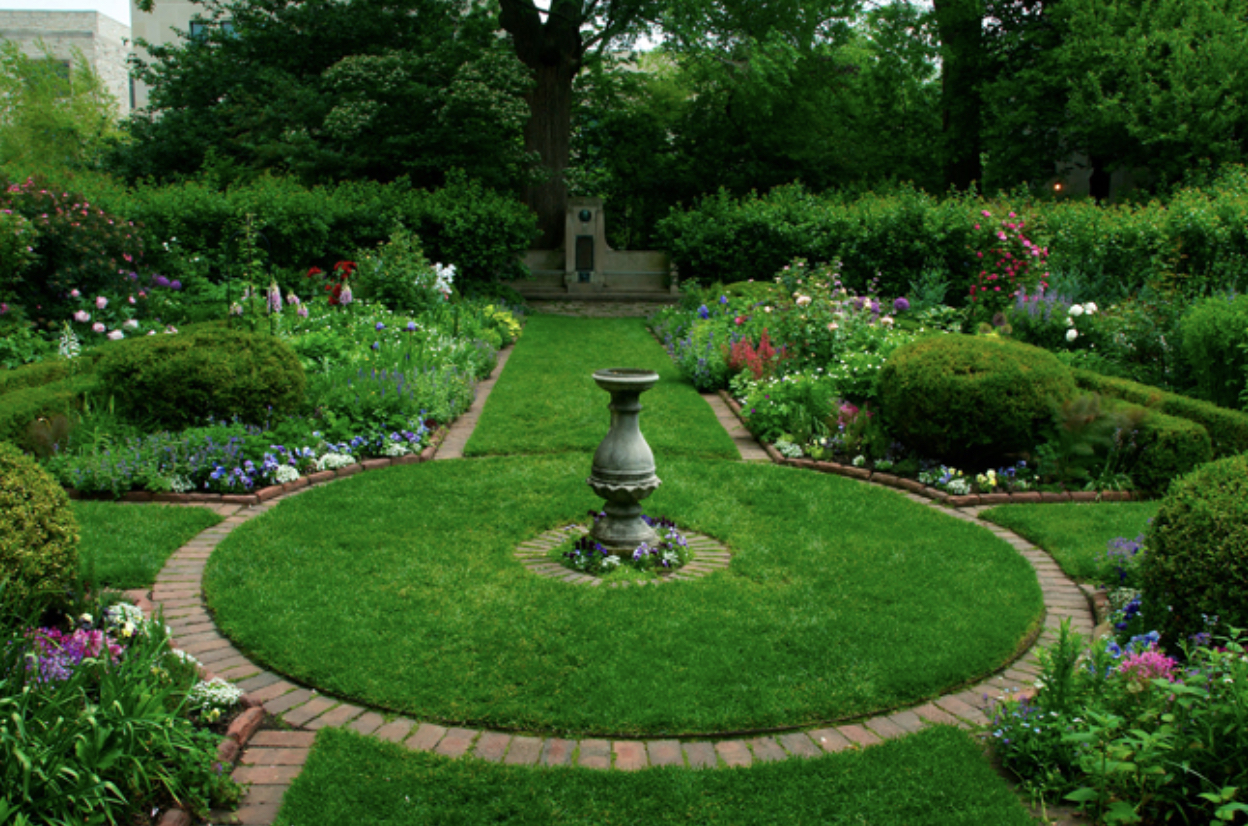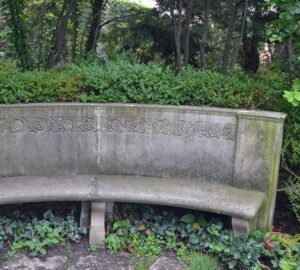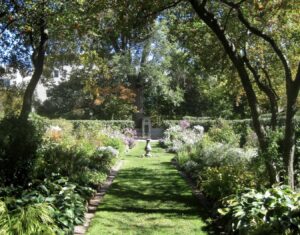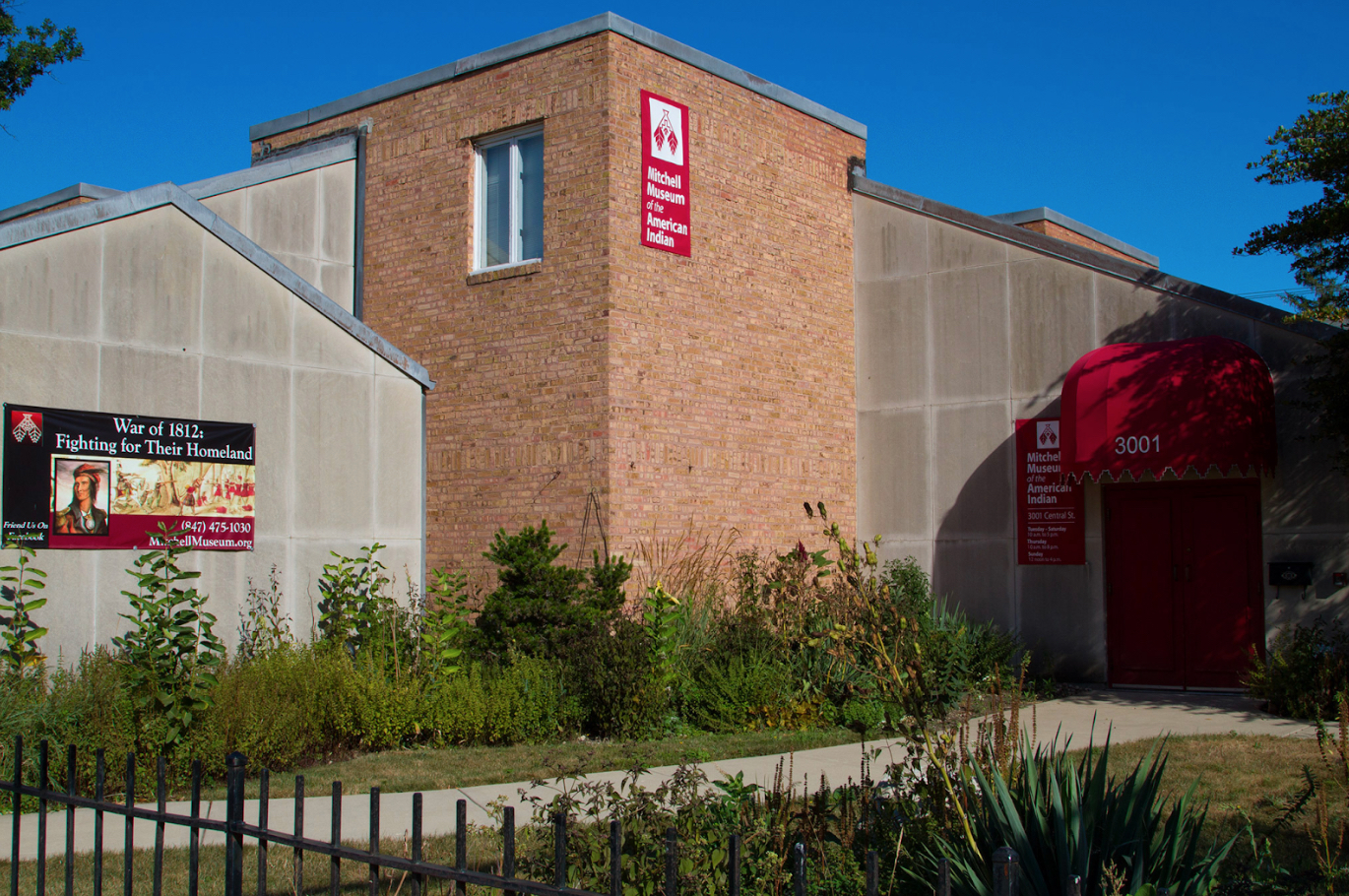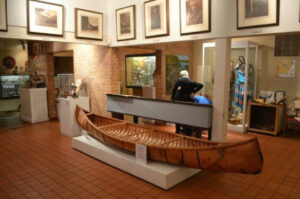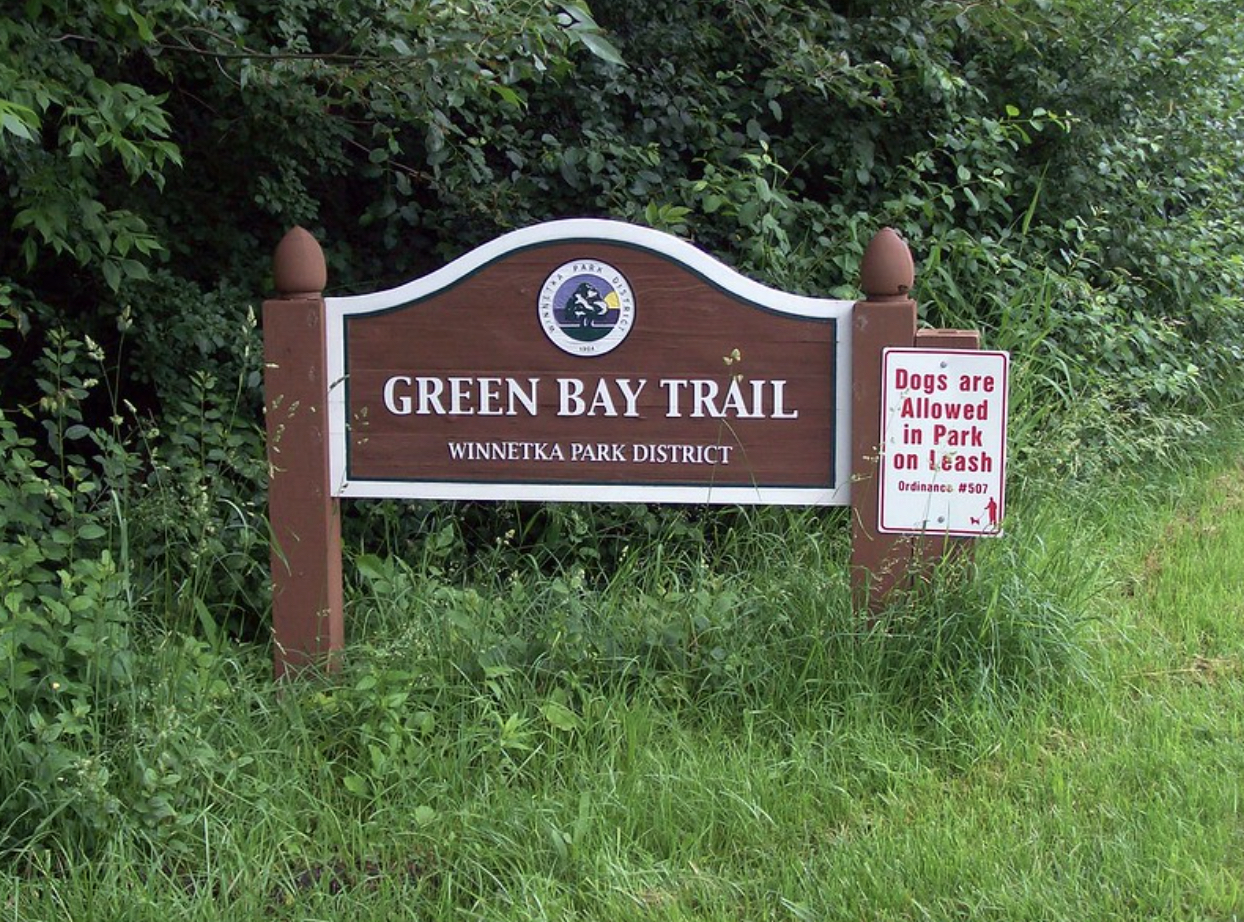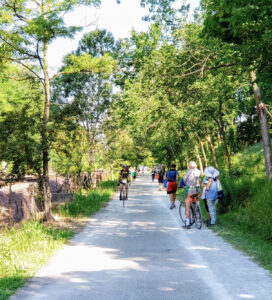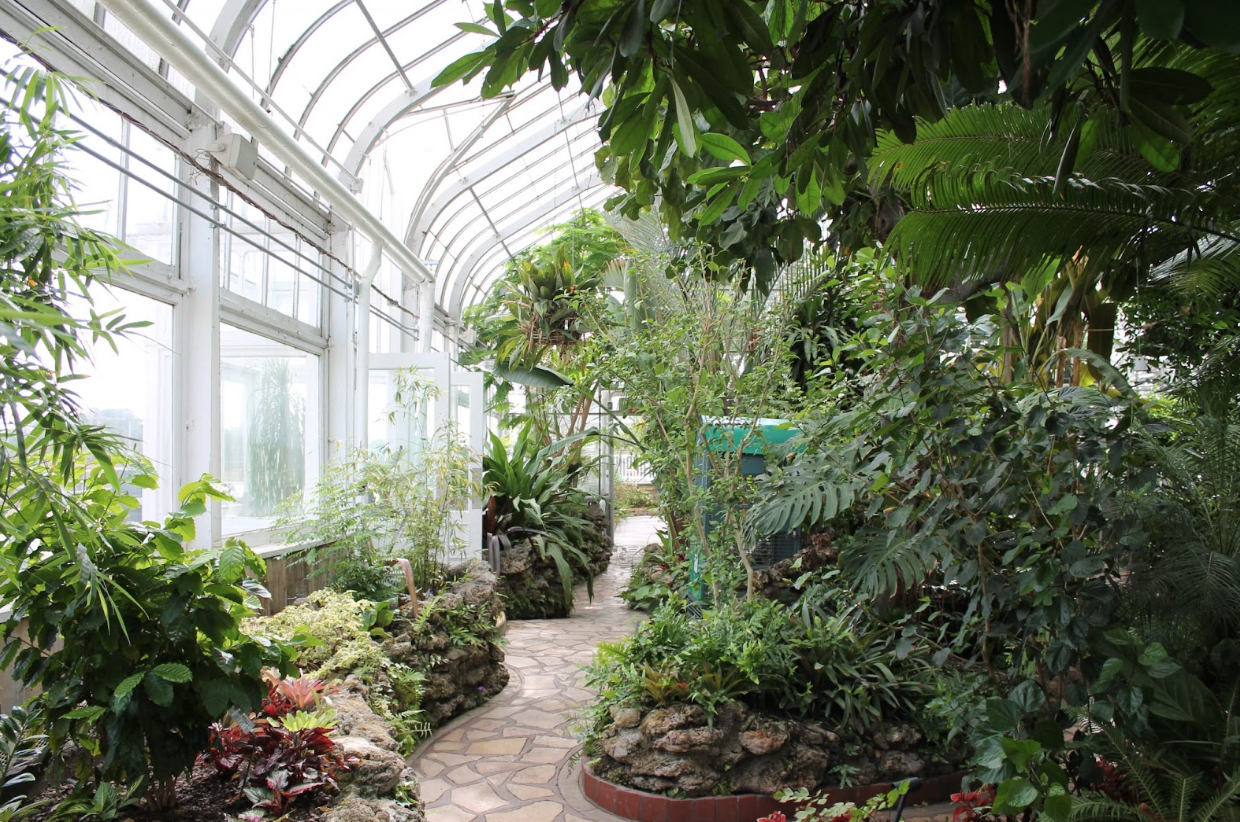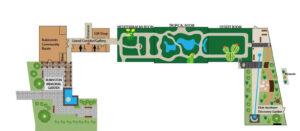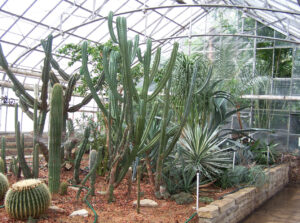As residents of Optima Sonoran Village® know, Scottsdale is a treasure trove of vibrant cultural events, artistic showcases, and community gatherings. Among these, the Canal Convergence stands out, brilliantly illuminating the Scottsdale Waterfront every year, beckoning both locals and visitors for an immersive experience of art, light, and much more.
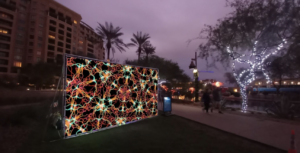
The Canal Convergence, a free, annual 10-night extravaganza, beautifully melds light, art, and water along the waterfront. Each year, artists from around the globe captivate audiences with their large-scale public artworks. For 2023, attendees will be treated to mesmerizing pieces like Sym by AlexP, the playful Flario by Walter Productions, the geometric Dice by Montreal-based studio Iregular, the fluid Aquatics by Philipp Artus, and several other awe-inspiring installations like Light Forest, Octavius, Ripple, and Spectrum Swing. Beyond these installations, the event is also a hub for live performances, music, dance, creative workshops, and so much more, including food trucks and a beer and wine garden.
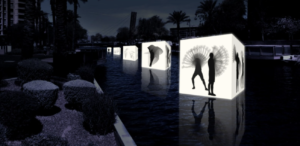
What makes each Canal Convergence special is its central theme. This year, it dives deep into “The Power of Play,” highlighting its profound significance in our lives. Play isn’t reserved just for children; it’s a vital aspect of human existence, molding our learning, creativity, and social interactions. As the sun sets and the artworks come to life, attendees can immerse themselves in the wonders of play, feeling its influence firsthand.
For those ready to dive into this magical experience, the event runs from Nov. 3–12, 2023, at the Scottsdale Waterfront. Starting from 6 p.m. each evening, the event extends until 10 p.m. on the 3rd, 4th, 10th, and 11th of November, and until 9 p.m. on the other nights. For those wondering about parking, there’s ample free space in the parking garages around Old Town Scottsdale.

To residents and beyond, the Canal Convergence is a heartfelt celebration of creativity, unity, and reflection. Don’t miss the chance to be part of this enchanting blend of play, light, and art!
